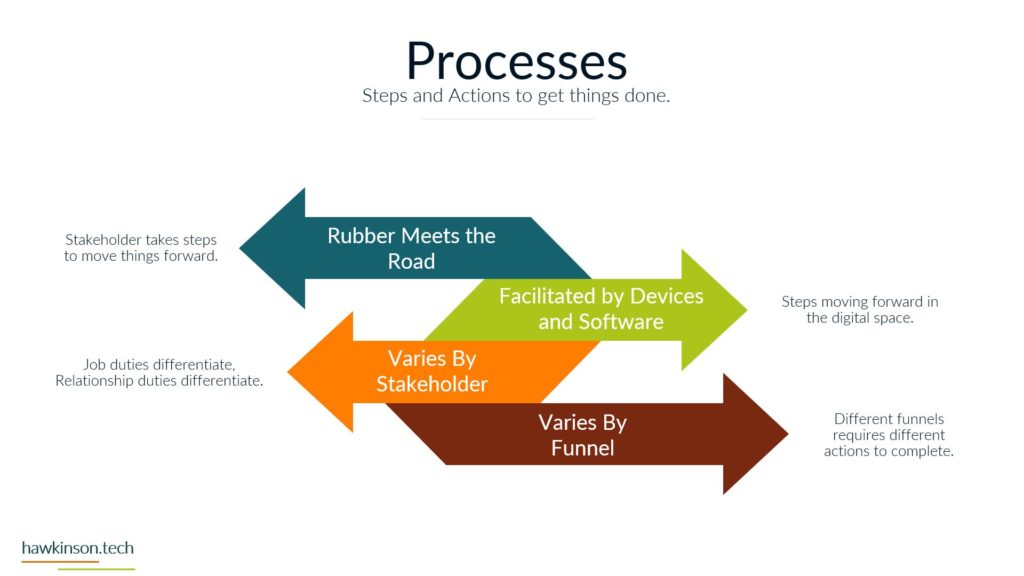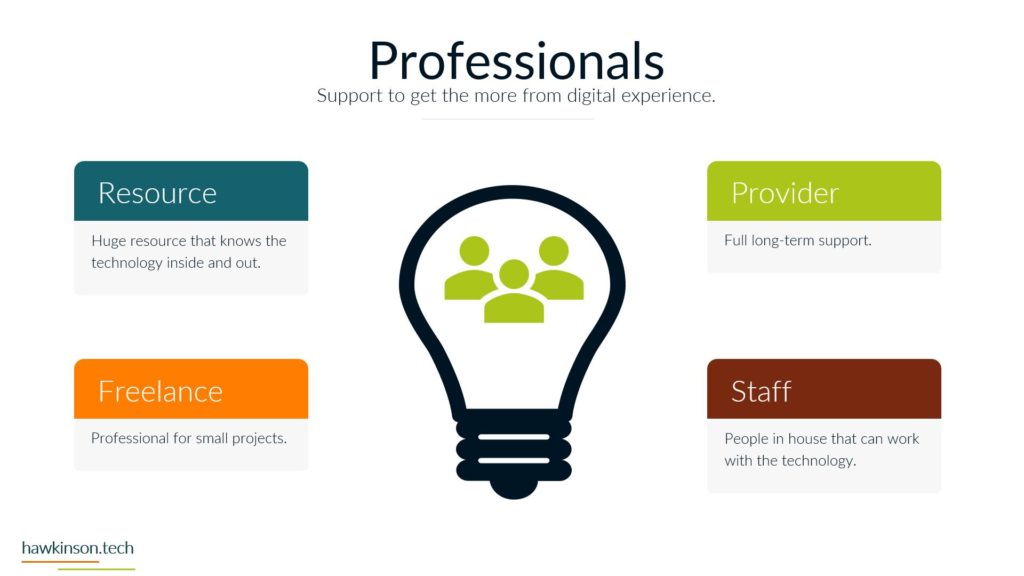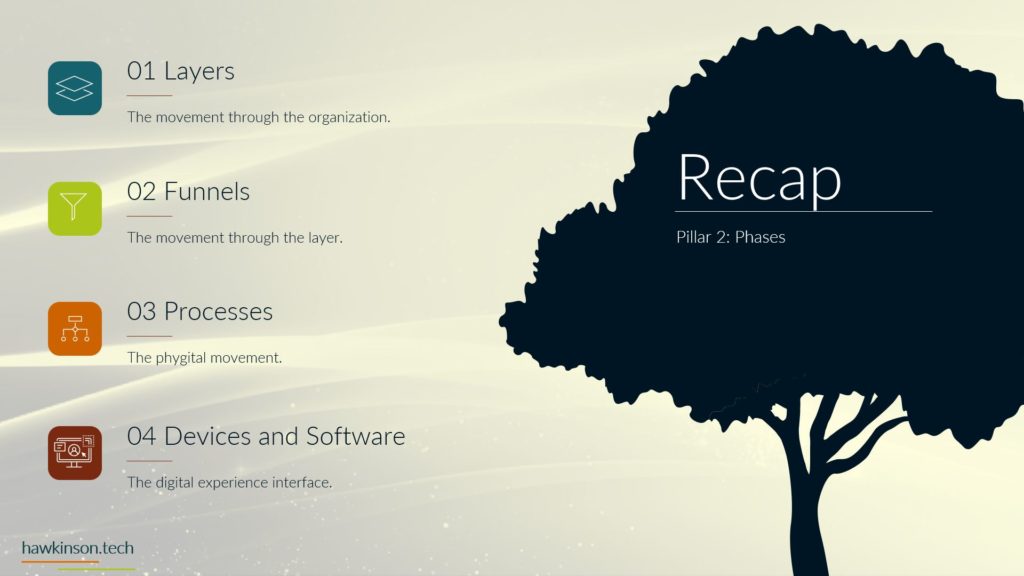Complianz is a Cookie Consent plugin that covers different legal frameworks with a conditional Cookie Notice and a personalized Cookie Policy based on the findings of the integrated Cookie Scan. This plugin is worth a look if your target audience is in several countries and you must optimize your website to serve all jurisdictions.
Key Features
Notice of Cookie Consent
With Complianz, you can quickly create a Cookie Notice for your location, including America, the United Kingdom, European Union, Brazil, Canada, South Africa, and others.
Management Of Consent
Complianz sets up your website automatically based on wizard queries, WordPress inspections, dedicated service connections, and plugin integrations. It prevents cookies from third parties like Facebook, Google Maps, AdSense, Instagram, Recaptcha, Hubspot, Twitter, etc.
Integrations
Detected Cookie Data is preloaded from cookiedatabase.org with explicit, comprehensible, and constantly updated cookie definitions. WordPress Privacy capabilities are also integrated into the plugin. Moreover, it permits using Matomo Tag Manager, Google Tag Manager, Yandex, Clicky, Jetpack, and Burst Statistics.
Other Features
- Clear documentation and support
- Privacy laws
- Custom CSS
- Customizable templates
- A/B Testing


























